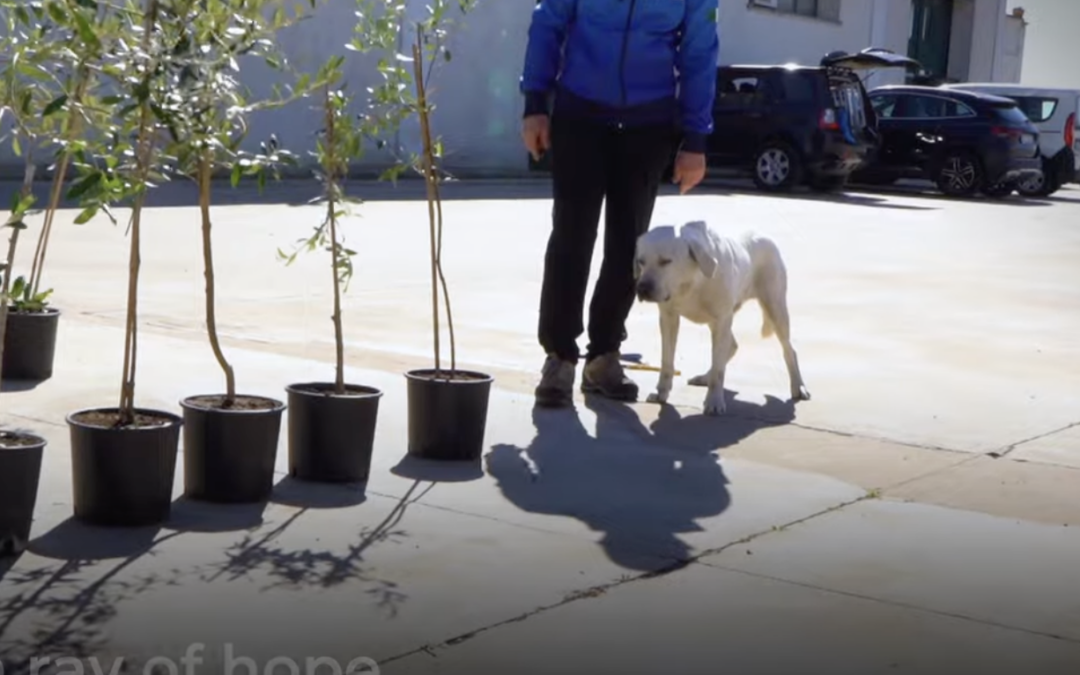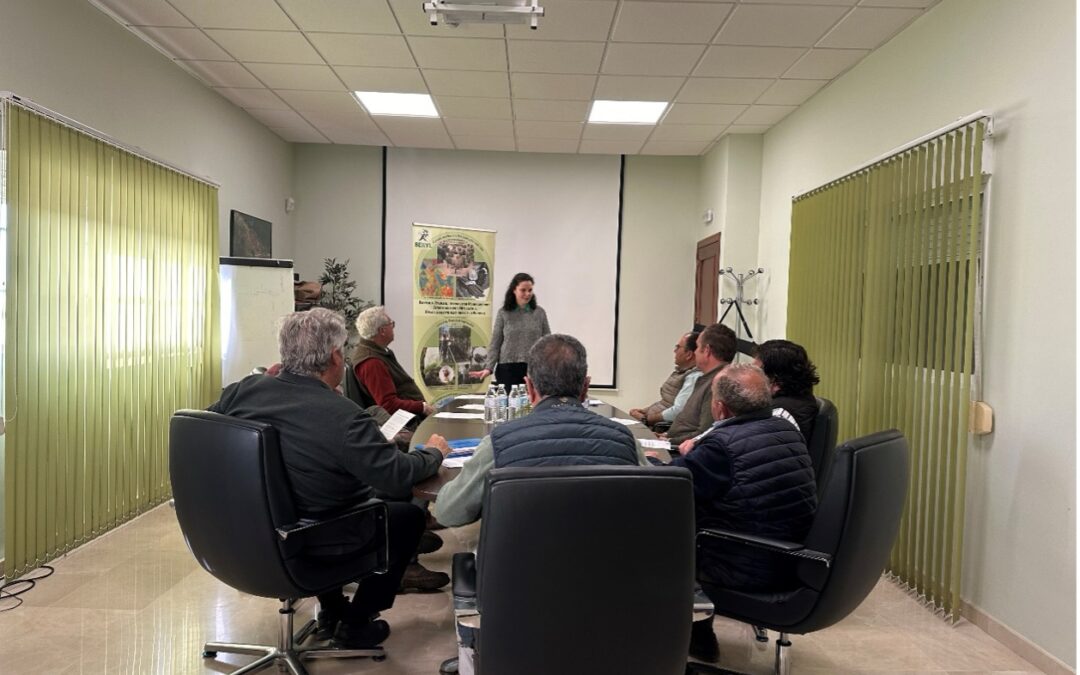The European and Mediterranean Plant Protection Organization (EPPO) made available online the list and the general information and documentation for the pests recommended to be regulated as quarantine pests. Every year EPPO provides two lists. The A1 list (https://www.eppo.int/ACTIVITIES/plant_quarantine/A1_list ) describes parasites absent from the EPPO countries. The pine needle insect Chionaspis pinifoliae (Hemiptera: Diaspididae), the red turpentine beetle Dendroctonus valens (Coleoptera: Curculionidae: Scolytinae) and the Grapevine red blotch virus (Grablovirus) are the new pests added in A1.
The A2 list (https://www.eppo.int/ACTIVITIES/plant_quarantine/A2_list ) includes pests present in the EPPO region but restricted to some geographical areas. Solanum carolinense (Solanaceae) and the Tomato leaf curl New Delhi virus (Begomovirus) are the newly added species.

New Xf outbreak in Spain, near the border with Portugal
In early July, the Plant Health Service of the Directorate-General for Agriculture and Livestock of the Region of Extremadura in Spain reported the presence of Xylella fastidiosa, subspecies fastidiosa, in a wooded area of Valencia de Alcántara, close...







